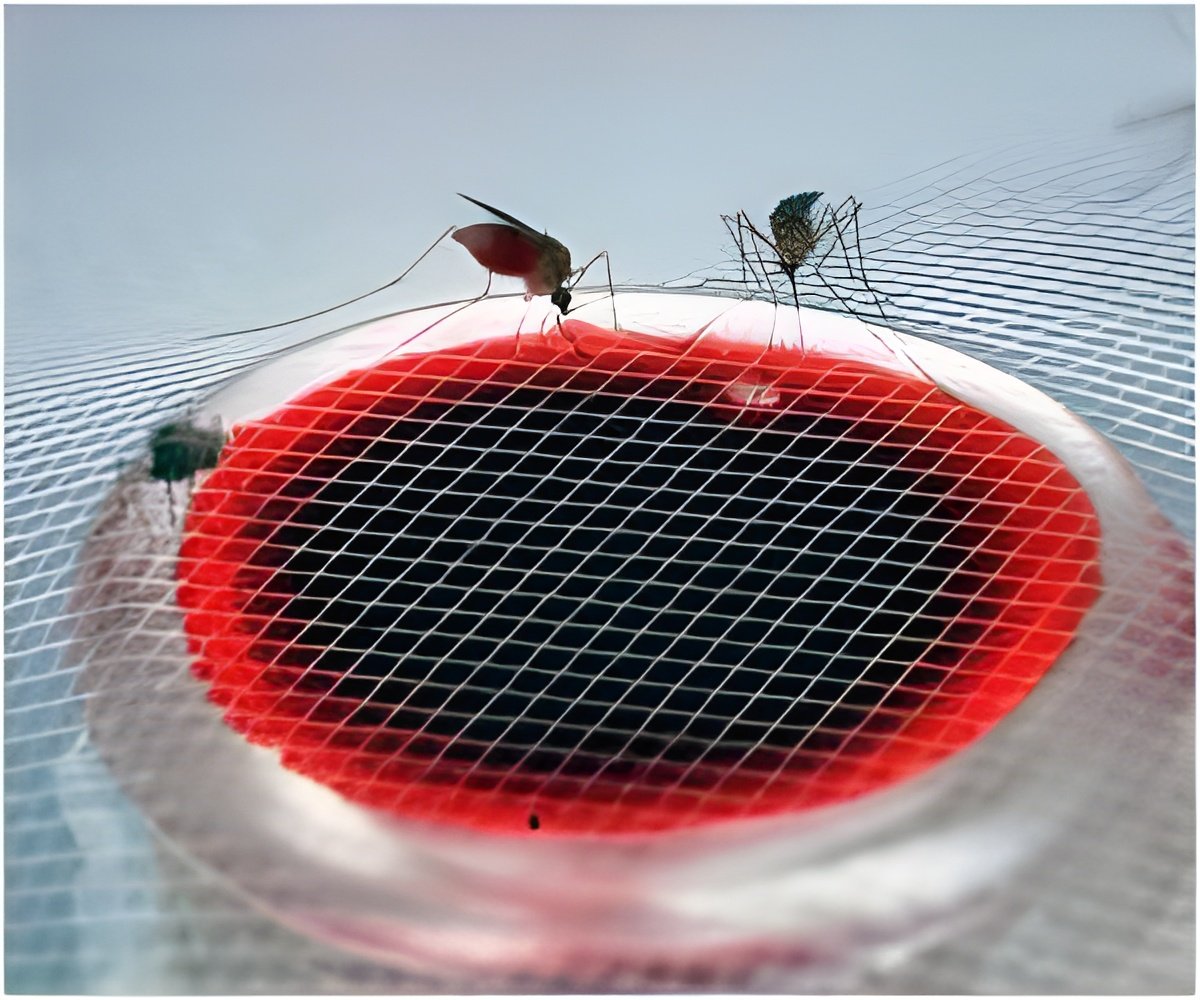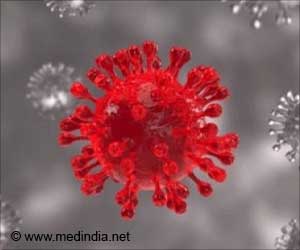India targets malaria elimination by 2030, focusing on reducing cases and deaths nationwide.

The government announced that India has met key targets for reducing cases and deaths from vector-borne diseases like malaria, kala-azar, and lymphatic filariasis.
The National Vector Borne Disease Control Programme (NVBDCP) (1✔ ✔Trusted Source
National Vector Borne Disease Control Programme
) is responsible for preventing and controlling these diseases. According to the Ministry of Health, India has made substantial progress in reducing the malaria burden. Between 2015 and 2023, “the country has achieved a reduction of 80.53 percent in malaria morbidity and 78.38 percent in malaria mortality”, the Ministry said. “In 2024 (till October -provisional), there is 13.66 percent increase in malaria cases and 32.84 percent decrease in malaria deaths,” it added. This year, surveillance has also been increased in 23 states, till October.
The Ministry also reported a reduction of 22.18 percent of Kala-azar cases in the country in 2024. About 421 Kala-azar cases have been reported till October. In comparison, 541 cases were reported during the corresponding period in 2023.
Zero Kala-Azar Hotspots: India Sustains Elimination Target in Endemic Blocks
Importantly, the country is sustaining the elimination target in “633 endemic blocks” achieved by the end of 2023. Elimination target can be defined as the annual incidence of less than one case per 10,000 population at block level. “The government has achieved ‘zero’ number of endemic blocks reporting more than 1 Kala azar case per 10,000 population at block level and has sustained elimination status till date,” the Ministry said.
Further, the Mass Drug Administration (MDA) campaign to eliminate Lymphatic Filariasis has seen 94 percent coverage among the eligible population in 2024.In 2023, MDA campaigns reached 82 percent coverage nationally. The campaign under the National Programme to Eliminate Lymphatic Filariasis, reported coverage across 1,634 blocks of 159 districts in 13 states. MDA was conducted in two phases in these areas, the Ministry said.
Lymphatic Filariasis, commonly known as Elephantiasis (Haatipaon) is a serious, debilitating and incapacitating disease transmitted through the bite of a culex mosquito. It is a priority tropical disease targeted for elimination by the Government of India prior to the global target of 2030.“Among 345 endemic districts, 159 districts of 13 states reported more than 1 percent microfilaria (Mf) rate and are under Mass Drug Administration,” the Ministry said.
“About 3,38,087 Morbidity Management and Disability Prevention Kits were provided to lymphoedema patients and 64,706 hydrocelectomy surgeries conducted,” it added. Japanese Encephalitis has also seen a significant achievement in 2024. The Ministry noted that of the 355 districts, 334 have been covered under routine immunisation. Just 21 more districts to be covered under routine immunisation against Japanese Encephalitis — an infection of the brain caused by the Japanese encephalitis virus.
Advertisement
About 42 districts — Assam (9), Uttar Pradesh (7) and West Bengal (26) — have been covered under adult vaccination against the disease, the Ministry said.
Reference:
- National Vector Borne Disease Control Programme – (https://dghs.gov.in/content/1364_3_NationalVectorBorneDiseaseControlProgramme.aspx)
Source-IANS



